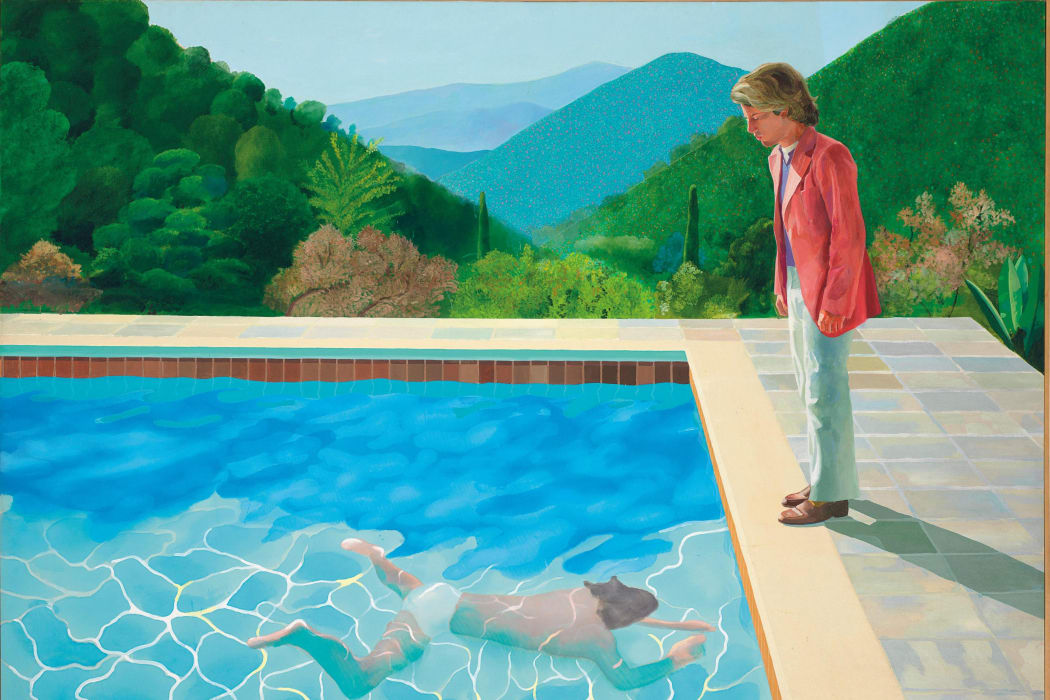
The Iconic Swimming Pool Series (1960s–1970s)
One of the most prominent examples of Hockney's fascination with light and water can be seen in his series of swimming pool paintings created in the 1960s. These paintings, such as "A Bigger Splash" and "Peter Getting Out of Nick's Pool," capture the essence of California living and the allure of the swimming pool as a symbol of luxury and leisure. Hockney masterfully portrays the play of light on water, using bold and vibrant colours to depict the reflections and distortions created by the rippling water's surface. Through his confident brushstrokes and meticulous attention to detail, Hockney manages to create a sense of movement and energy, as if the water is in constant flux. The interplay between light and water in these paintings is mesmerising, with the shimmering reflections and the sparkling quality of the water adding to their visual appeal.
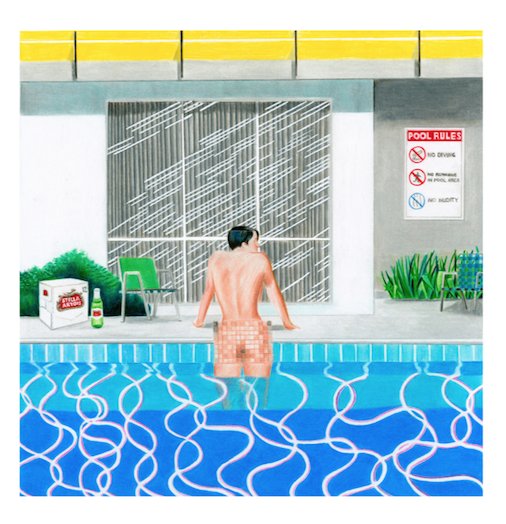
Commonly associated with Hockney, swimming pools are perhaps the artist’s best known subject matter. A great chronicler of reality, Hockney, who moved to LA in the 60’s in search of the sharp light and shadows he had seen in Hollywood movies as a student, masterfully and vividly transmits the quotidian. Noticing that many around him had swimming pools due to the weather, Hockney’s fascination with pools began. Between 1964-71, Hockney made numerous paintings of swimming pools, and each painting attempted a different solution to the depiction of the continually changing surface of the water. Some of his early pool paintings contain an often naked male subject, viewed from behind, but his later ‘splash’ works are devoid of evident human presence such as Pool I (1978) and Lithograph of Water Made of Lines (1978).
Published by Tyler Graphics between 1978-1980, the series of works are both iconic and important. In the words of Director Acoris Andipa: The series 'Lithographic Water Made of Lines' consists of eleven editions of lithographic prints of the same scene created between 1978 and 1980. Each print in the series has the same matrix of a regular shaped landscape and a swimming pool with a diving board over the deep end.
Water in Hockney’s Landscapes
In addition to his swimming pool works, Hockney has also explored the representation of water in his landscapes. Whether it be the vast open sea, tranquil rivers, or cascading waterfalls, Hockney's landscapes often feature bodies of water as central elements. In these works, he demonstrates a keen understanding of how light interacts with different water surfaces. Hockney skillfully captures the variations in the colour and texture of water, from the deep blues of the ocean to the shimmering greens of a sunlit pond. Through the use of bold perspective and layering, he creates a sense of depth and movement within the water, giving it a lifelike quality. Hockney's depiction of light on water in his landscapes not only showcases his technical prowess but also invites viewers to immerse themselves in the scene and experience the serenity and beauty of these natural elements.
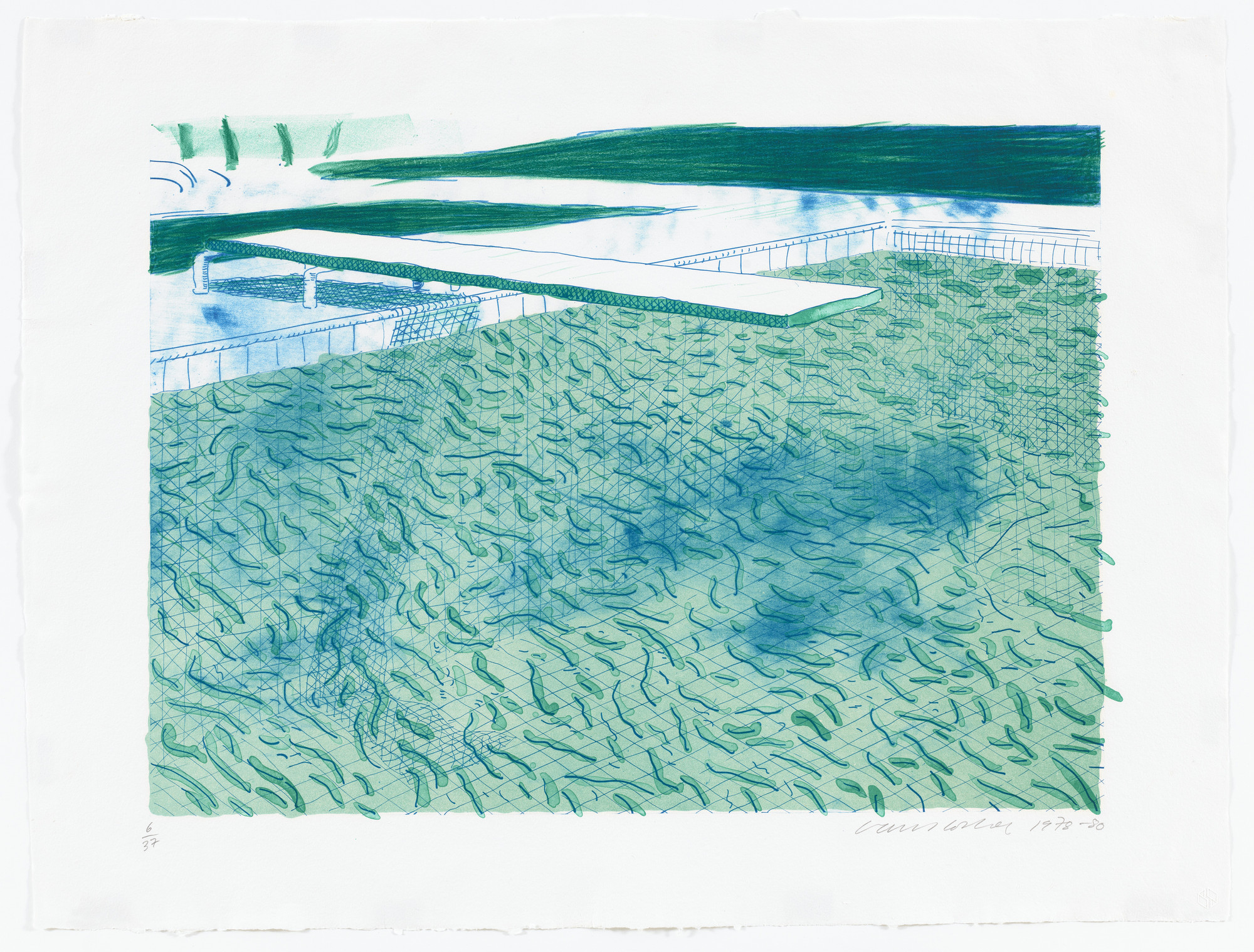
Another notable aspect of Hockney's exploration of light and water is his use of reflections. In many of his works, he incorporates mirrors or glass surfaces that reflect light and distort the surrounding environment. Hockney's interest in reflections is evident in his series of double portraits, such as "Mr. and Mrs. Clark and Percy," where he utilises reflective surfaces to create a sense of depth and complexity. The interplay between the subjects and their reflections adds a layer of intrigue and visual interest to the composition. Moreover, the reflections serve as a metaphorical device, representing the multifaceted nature of human identity and perception.
Technically, Hockney employs various artistic techniques to convey the effects of light and water in his paintings. His use of vibrant and saturated colours (perhaps inspired by the very light of LA) enhances the luminosity of the scenes, creating a heightened sense of light and atmosphere. Hockney often applies paint in bold and gestural brushstrokes, allowing the viewer to perceive the movement and energy of the water. Furthermore, his use of contrast, both in colour and tonal values, accentuates the play of light and shadow, contributing to the overall sense of realism and dynamism.
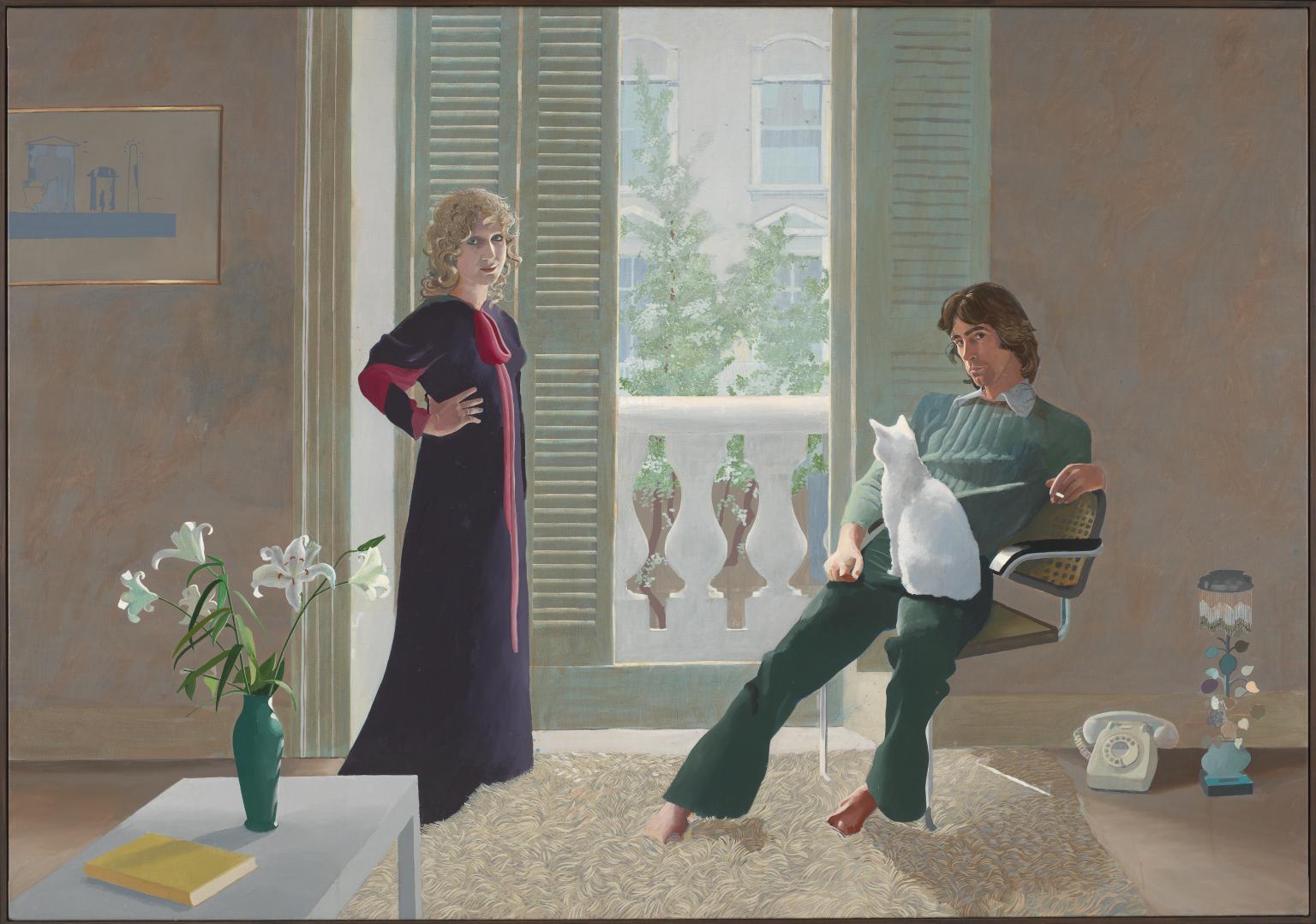
Hockney in the Digital Era — iPad Drawings
Hockney's exploration of light and water is not limited to traditional painting techniques. In recent years, he has embraced digital technology, particularly through his iPad drawings. Using the Brushes app, Hockney has created a series of captivating digital landscapes and portraits that showcase his continued fascination with light and water. The iPad drawings retain the vibrancy and immediacy of his traditional paintings, while also incorporating the versatility and interactive capabilities of the digital medium. Hockney's use of digital tools allows him to experiment with light effects and colour manipulation in ways that were previously unavailable, opening up new possibilities for his exploration of these elements.
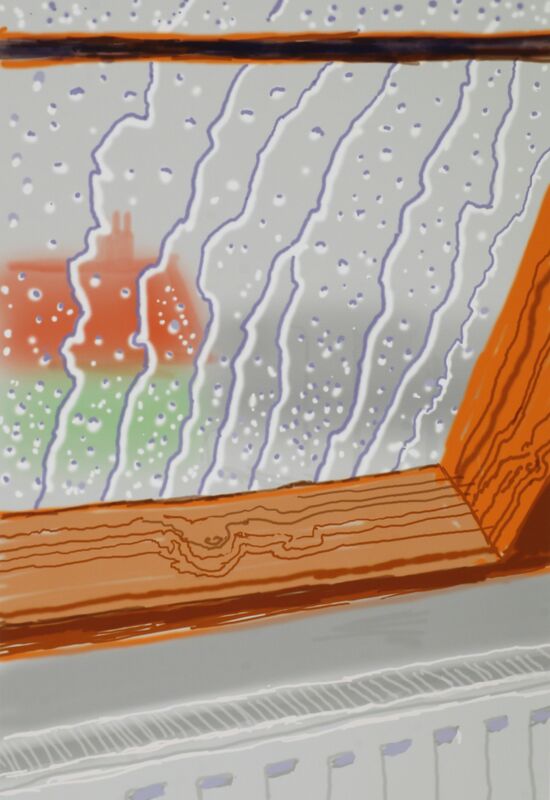
David Hockney's use of light and water in his art is a testament to his artistic vision and technical prowess. From his iconic swimming pool paintings to his landscapes and digital creations, Hockney's depictions of light and water are visually captivating and emotionally engaging. Through his skillful use of colour, brushwork, and composition, he manages to convey the luminosity, movement, and reflective qualities of water. Hockney's exploration of light and water not only showcases his mastery as an artist but also invites viewers to contemplate the beauty and transformative power of these natural elements.
On Hockney, Director Acoris Andipa says, “Hockney, for me, is one of the finest living draughtsman, certainly amongst British artists, if not the world. The sense of colour and perspective in these works is simply masterful. An example of the effortlessness that he employs in the series commonly referred to as pools, through his recording of how light and time changes or affects something as mundane as water is magical. Through his chronicling of reality with such a degree of intensity in colour, saturation and light one can see a great appreciation and elevation of the mundane. This is arguably why his artworks work so well on ipad drawings because of the transmission of light and his inherent skill.”
For more information on our original David Hockney screen prints for sale, contact Andipa Editions via sales@andipa.com or call +44 (0)20 7589 2371
